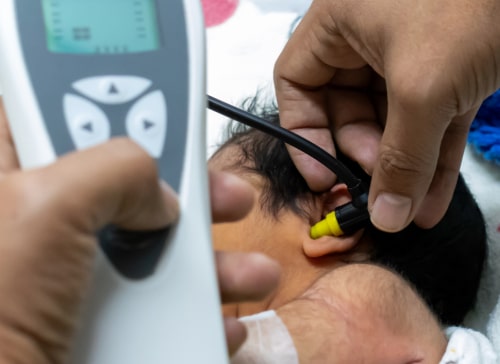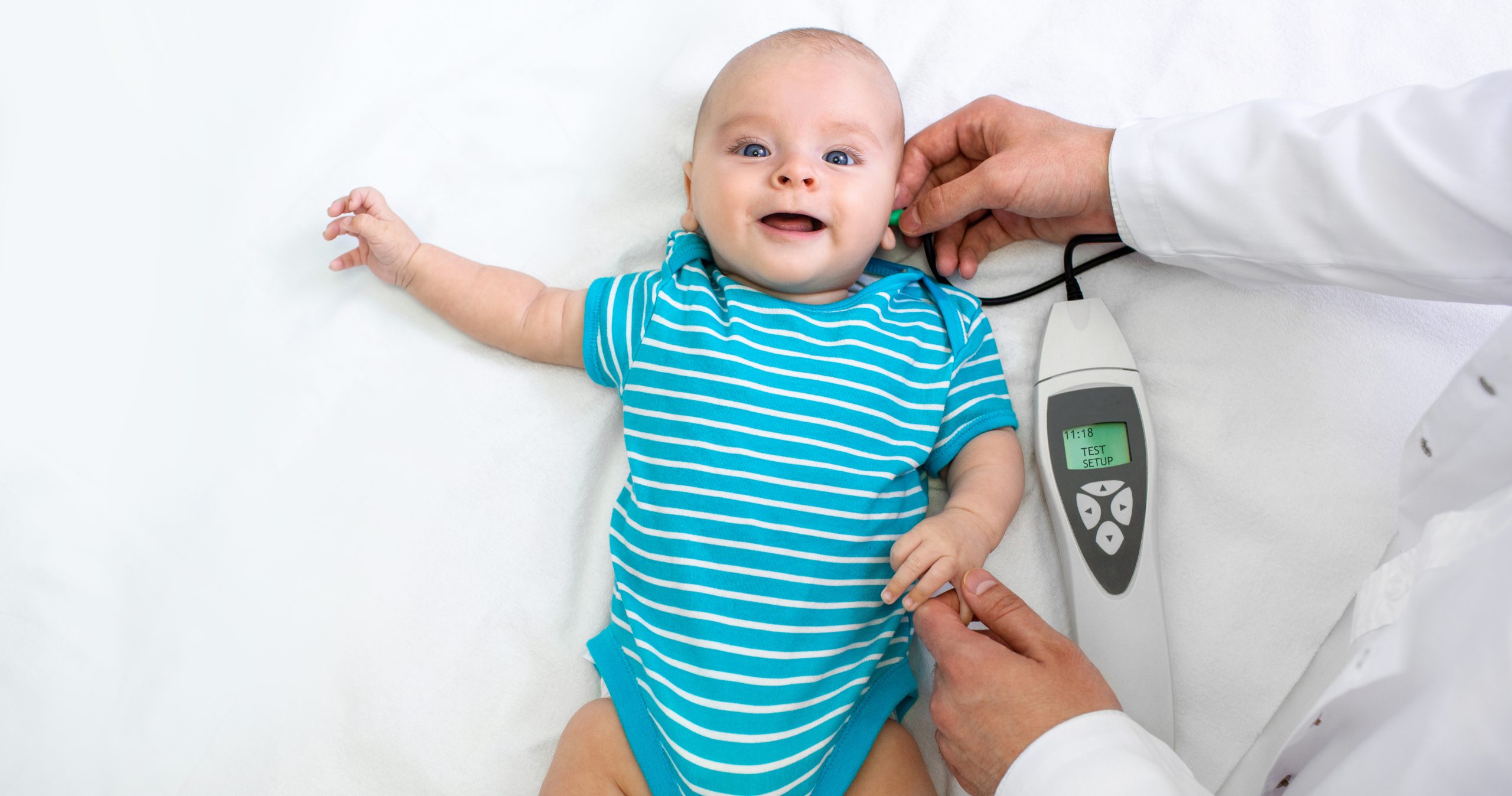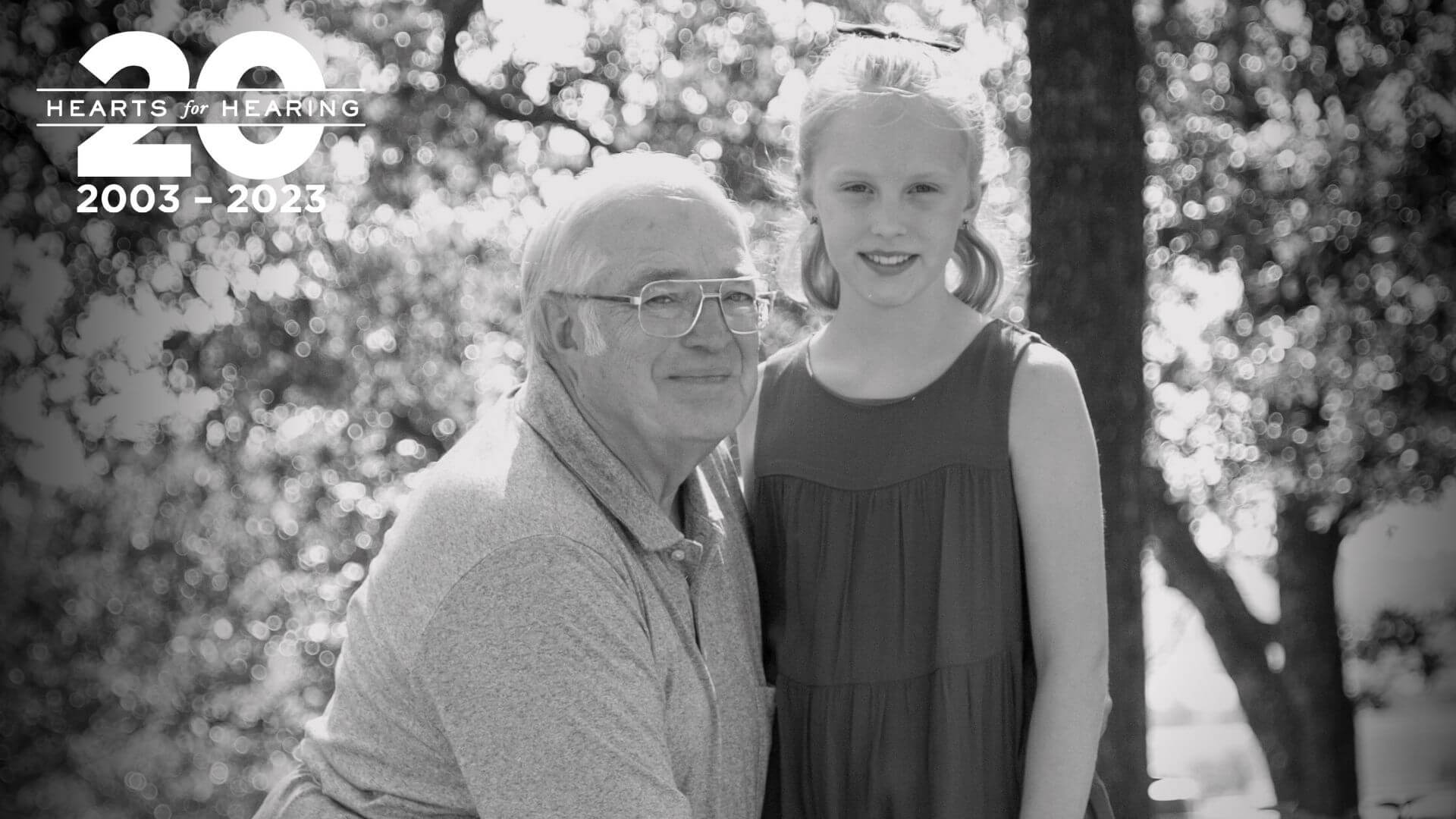Welcoming a new baby into the world is filled with excitement, questions, and plenty of checkups! One of the most important early tests your newborn will receive is a hearing screening. While it’s quick and painless, it plays a crucial role in your child’s long-term development.
Below, we look at what every parent should know about the newborn hearing screening process, and why it matters.
Why Newborn Hearing Screenings Are So Important
Hearing is essential for language development, learning, and social interaction. Babies begin developing speech and language skills from the moment they’re born, and even mild hearing loss can affect their ability to process sounds and words.
The good news? Early detection leads to early intervention. When hearing issues are caught in the first few months of life, babies can receive the support they need to meet developmental milestones right on time.
According to the CDC, approximately 1 to 3 out of every 1,000 babies are born with hearing loss. Most of these babies are born to parents with no known risk factors, which is why universal screening is recommended for all newborns—not just those considered high-risk.
When and Where Does the Screening Happen?
Newborn hearing screenings typically take place before your baby leaves the hospital, usually within the first 24 to 48 hours after birth. If your baby is born at a birthing center or at home, your healthcare provider will help you schedule a screening within the first few weeks.
If the initial test doesn’t give a clear result, don’t panic! It doesn’t necessarily mean your baby has hearing loss. Fluid in the ears, movement, or even noise in the room can affect the results. In that case, a follow-up screening will be scheduled—ideally within the first few weeks.
The Two Main Types of Hearing Tests for Newborns
There are two types of tests commonly used in newborn hearing screenings. Both are safe, painless, and take just a few minutes while your baby is asleep or resting.
1. Otoacoustic Emissions (OAE)
This test uses a small, soft earbud placed in your baby’s ear to send sound waves and measure the ear’s response. If the inner ear (cochlea) is working properly, it will produce a faint echo that the device can detect.
2. Auditory Brainstem Response (ABR)
In this test, small sensors are placed on your baby’s head to measure how the brain responds to sounds. Soft clicking noises are played through earphones, and the equipment tracks how the brain processes them.
Both tests are non-invasive, quick, and don’t require your baby to be awake or alert. Most babies sleep right through it!
What Happens If My Baby Doesn’t Pass?
If your baby doesn’t pass the initial screening, you’ll be referred for a diagnostic hearing evaluation with a pediatric audiologist. Early follow-up is key—ideally before your baby reaches 3 months of age—so that any hearing issues can be confirmed and treated as early as possible.
With early intervention, many children with hearing loss go on to develop strong language, social, and academic skills.
Peace of Mind Starts with a Simple Test
The newborn hearing screening is just one of many ways we help ensure your baby gets the best possible start in life. It’s quick, gentle, and vitally important for identifying hearing issues before they can affect your child’s development.
Have questions about your baby’s hearing or need help scheduling a follow-up screening? Contact Hearts for Hearing at 405.548.4300 today to speak with a pediatric audiology expert in Oklahoma City and Tulsa. We’re here to support you—and your little one—every step of the way.




